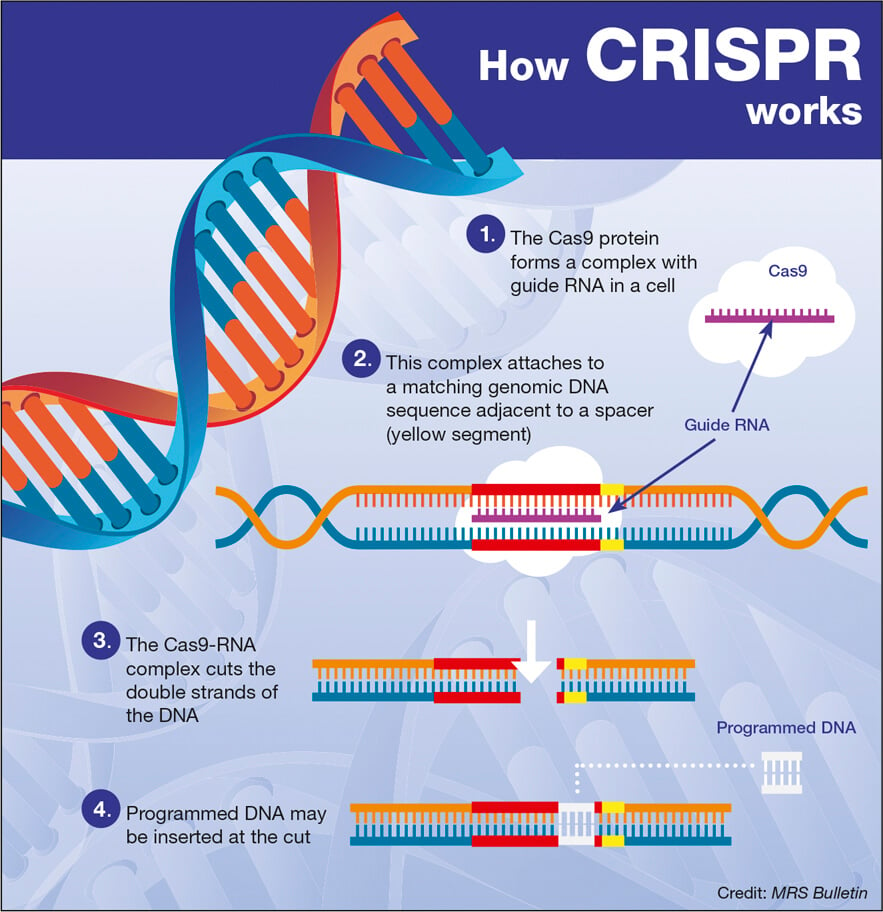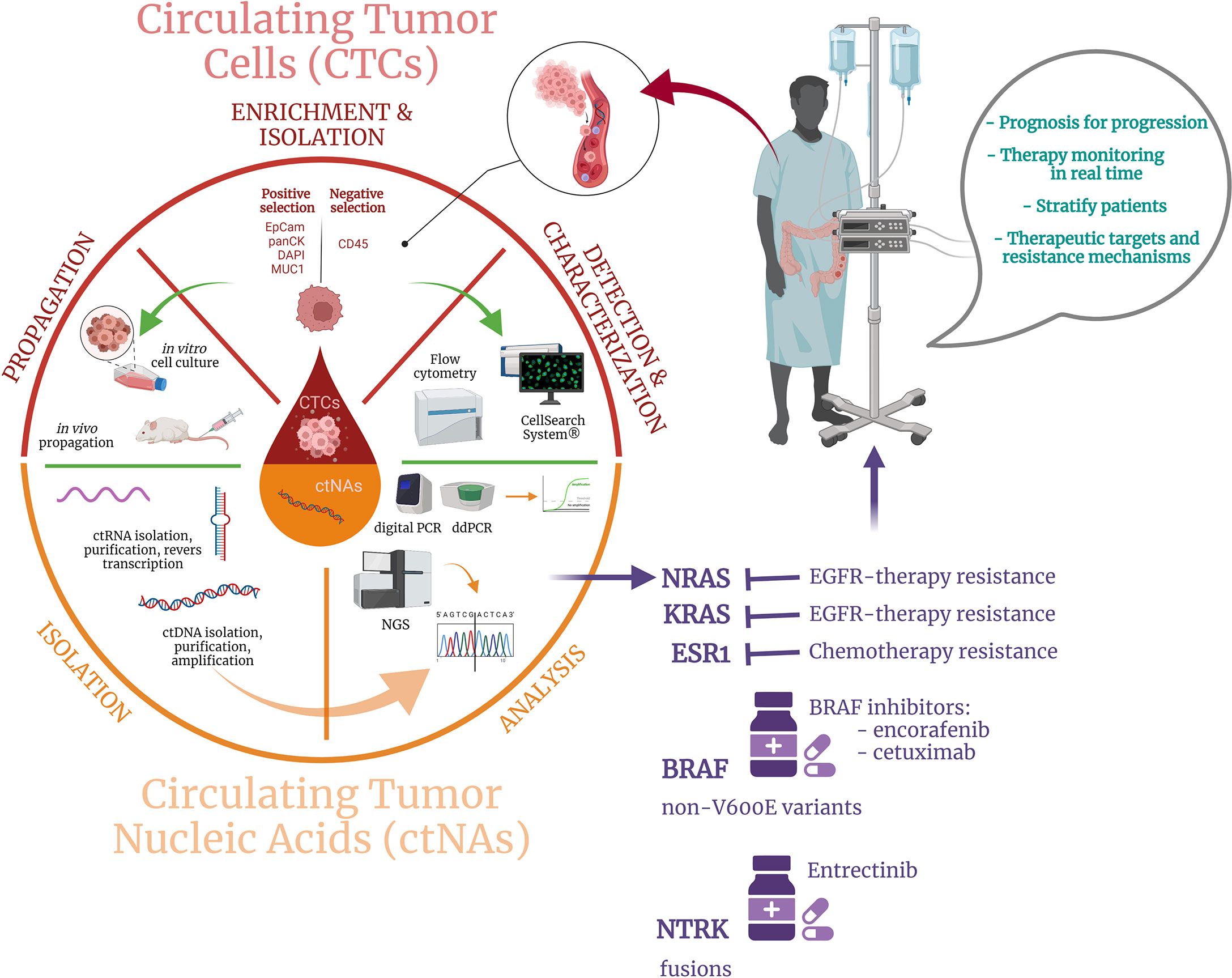The Harvard Breakthrough Prizes 2025 have spotlighted the pivotal contributions of three remarkable scientists who are reshaping the landscape of medical research. This prestigious award, often regarded as the “Oscars of Science,” recognized groundbreaking work in gene editing, obesity treatments, and advances against diseases like multiple sclerosis and the Epstein-Barr virus. Alberto Ascherio’s significant findings have positioned the Epstein-Barr virus as a primary culprit in multiple sclerosis development, signaling a monumental shift in understanding this illness. Meanwhile, Joel Habener’s contributions to the GLP-1 hormone research have paved the way for innovative therapies that address obesity and Type 2 diabetes. The innovative gene editing technologies developed by David Liu further underscore the transformative nature of this year’s awards, showcasing a future rich with potential interventions and cures.
In 2025, the prestigious Breakthrough Prizes from Harvard are celebrating extraordinary advancements made by leading researchers in health and science. Known for honoring exceptional work in life sciences and technology, this award highlights the innovative discoveries surrounding significant health issues, such as the role of the Epstein-Barr virus in chronic conditions like multiple sclerosis. The event also brings to light the profound implications of hormone research, particularly concerning GLP-1, which plays a critical role in managing obesity and diabetes. Additionally, groundbreaking gene editing techniques, designed to rectify genetic disorders, stand at the forefront of these achievements. All of these efforts collectively aim to improve patient outcomes and transform our understanding of pervasive health challenges.
Breakthrough Prizes 2025: Recognizing Scientific Excellence
The 2025 Breakthrough Prizes, often referred to as the ‘Oscars of Science,’ have honored three prominent Harvard scientists for their groundbreaking contributions to medical research. These distinguished awards, founded in 2013 by notable figures such as Sergey Brin and Mark Zuckerberg, celebrate pivotal advancements in life sciences, physics, and mathematics. This year, the spotlight is on Alberto Ascherio, Joel Habener, and David Liu, each making significant strides in fields ranging from gene editing to understanding the links between infections and autoimmune diseases, such as multiple sclerosis.
The recognition of these scientists is not just about personal achievement; it reflects the growing importance of medical research aimed at combating some of the most pressing health issues today. As new treatments emerge from their pioneering work—like therapies involving the Epstein-Barr virus and GLP-1 hormone—these innovations promise to revolutionize approaches to diseases that affect millions globally. Such breakthroughs underscore the vital role that academic research plays in health care and illustrate the synergy between foundational science and practical application.
Alberto Ascherio’s Revolutionary Findings on Epstein-Barr Virus
Alberto Ascherio’s research has fundamentally changed our understanding of multiple sclerosis (MS), which affects approximately 2.9 million individuals worldwide. By establishing a strong link between Epstein-Barr virus infections and the development of MS, Ascherio’s work highlights the virus’s critical role in chronic inflammatory diseases. This research has not only provided a new perspective on the epidemiology of MS but has also sparked innovative approaches for future prevention and treatment, including the development of a vaccine.
The implications of Ascherio’s findings extend beyond just MS; they also raise crucial questions about the role viral infections play in other diseases. By exploring the mechanisms through which the Epstein-Barr virus triggers autoimmune responses, researchers may uncover new pathways for intervention. The focus on such infectious agents in the context of chronic diseases aligns with broader public health strategies to reduce the burden of illnesses intertwined with viral etiology.
The Role of GLP-1 Hormone in Obesity Treatments
Joel Habener’s contributions to the understanding of glucagon-like peptide-1 (GLP-1) have paved the way for revolutionary treatments in obesity and Type 2 diabetes management. GLP-1, a hormone secreted by the intestines, has critical roles in insulin secretion, appetite regulation, and overall metabolism. Habener’s research demonstrates that enhancing the functionalities of this hormone can significantly improve blood sugar control, making it a cornerstone of modern obesity treatments.
Furthermore, GLP-1-based drugs have transformed the therapeutic landscape, offering new hope for those struggling with obesity—a growing epidemic worldwide. Understanding the multifaceted role of GLP-1 in the body not only presents new therapeutic avenues but also underscores the intricate connection between hormonal regulation and metabolic health. As obesity and related conditions continue to rise, the advancements stemming from Habener’s research highlight the promising future of targeted hormonal treatments.
David Liu’s Gene Editing Innovations
David Liu has made significant strides in the field of gene editing with the development of base editing and prime editing technologies. These groundbreaking methods allow for precise corrections of mutations responsible for a wide range of genetic disorders, offering a glimpse into a future where genetic diseases can be effectively treated. Liu’s techniques have already been utilized in numerous clinical trials, demonstrating their potential in transforming therapeutic approaches to traditionally untreatable conditions.
The implications of Liu’s research extend beyond individual diseases; they pave the way for a new era in genetic engineering, with the possibility of revolutionizing how we address health challenges associated with genetic variations. The prospective applications include not only a variety of inherited disorders but also broader public health issues, suggesting a future where gene editing could play a critical role in combating complex diseases. As research progresses, Liu’s innovations could usher in a new age of treatment possibilities, enhancing our capabilities in managing and preventing debilitating health conditions.
The Link Between Multiple Sclerosis and Infectious Diseases
Ascherio’s revelation regarding the Epstein-Barr virus as a leading cause of multiple sclerosis underscores a vital link between infectious diseases and autoimmune conditions. This insight is crucial as it invites a closer examination of how chronic viral infections may influence the onset of various autoimmune disorders. The research encourages an interdisciplinary approach to studying the connections between pathogens and immune system dysregulation, enhancing our understanding of potential preventative strategies.
By identifying Epstein-Barr as a significant player in the landscape of multiple sclerosis, there is a renewed interest in vaccine development and targeted therapies aimed at mitigating the virus’s impact. As ongoing studies continue to explore this relationship, the potential for breakthroughs in both prevention and treatment of MS and similar autoimmune disorders grows stronger, highlighting the importance of robust infectious disease research in addressing chronic health challenges.
Advancements in Obesity Treatments Through Hormonal Mechanisms
Habener’s findings on GLP-1 not only revolutionize our approach to obesity treatments but also highlight the intricate hormonal interplay involved in weight regulation. Traditional obesity treatments have often focused on caloric intake and energy expenditure; however, understanding hormones like GLP-1 opens new avenues for medical intervention. This hormonal perspective helps healthcare professionals tailor obesity management strategies more effectively, aligning therapeutic options with patients’ unique physiological responses.
Moreover, as research continues to elucidate the roles of various hormones in weight regulation, the development of new medications based on these insights holds great promise for the future. These advancements align with the growing recognition of obesity as a multifactorial disease, necessitating comprehensive and personalized treatment plans that go beyond lifestyle modifications to address underlying biological mechanisms.
Transforming Gene Editing: A New Era of Precision Medicine
The gene editing platforms developed by Liu, specifically base editing and prime editing, represent significant leaps in precision medicine. These technologies allow for highly targeted alterations to the genome, which can correct mutations responsible for genetic diseases without introducing unwanted changes to the surrounding DNA. This precision minimizes the risk of off-target effects, a common concern in traditional gene editing strategies, making these methods more viable for therapeutic application.
Additionally, the therapeutic potential for Liu’s innovations extends well into the realm of hereditary conditions, providing hope for patients facing genetic disorders. The ongoing clinical trials utilizing base editing and prime editing are crucial as they lay the groundwork for future regulatory approvals and widespread clinical implementation. As these technologies mature, they not only promise to unlock new treatment possibilities but also significantly advance our understanding of genetic expression and its role in health and disease.
Future Implications of Gene Editing on Public Health
The advent of advanced gene editing technologies prompts critical discussions on their implications for public health. As tools like base editing and prime editing become more mainstream, they hold an enormous responsibility to be used ethically and effectively to benefit society. Ensuring access to these technologies and addressing potential disparities will be crucial in maximizing their impact on public health.
Moreover, the potential of gene editing to address not only rare genetic disorders but also conditions influenced by wider genetic factors, such as obesity and autoimmune diseases, brings forth significant opportunities for preventive medicine. The integration of genetic therapies into public health strategies has the power to reshape how we approach treatment, aligning it more closely with individual genetic profiles and lifestyle factors.
Collaboration and Federal Support in Scientific Research
The recognition of these Harvard scientists for their contributions underscores the importance of collaboration and federal support in driving forward scientific discoveries. Many of the advancements in GLP-1 treatment and gene editing stem from interdisciplinary efforts and robust funding, illustrating how public and private partnerships fuel innovation. As science increasingly relies on teamwork across diverse fields, fostering such collaborations will be vital for future breakthroughs.
Moreover, continued investment in life sciences research not only aids in developing new treatments but also creates a thriving ecosystem for scientific inquiry. As exemplified by the Breakthrough Prizes, recognizing and investing in scientific talent is essential for catalyzing groundbreaking advancements that can significantly impact global health. Promoting an environment where research can flourish benefits not just individual scientists but society at large.
Frequently Asked Questions
What are the Harvard Breakthrough Prizes 2025 and why were they awarded?
The Harvard Breakthrough Prizes 2025, recognized as the ‘Oscars of Science’, were awarded to three Harvard researchers for their significant advancements in medical science, focusing on gene editing, multiple sclerosis, and obesity treatments. The prizes honor exceptional contributions to life sciences, highlighting the groundbreaking research of Alberto Ascherio on the Epstein-Barr virus and multiple sclerosis, Joel Habener on the GLP-1 hormone and obesity treatments, and David Liu on innovative gene editing technologies.
Who are the recipients of the Harvard Breakthrough Prizes 2025?
The recipients of the Harvard Breakthrough Prizes 2025 are Alberto Ascherio, recognized for his research on the Epstein-Barr virus as a leading cause of multiple sclerosis; Joel Habener, acknowledged for his work on GLP-1 hormone and obesity treatments; and David Liu, honored for developing gene editing techniques such as base editing and prime editing.
How has Alberto Ascherio contributed to the understanding of multiple sclerosis in the Harvard Breakthrough Prizes 2025?
Alberto Ascherio significantly advanced the understanding of multiple sclerosis by establishing a link between Epstein-Barr virus infection and the disease. His 2022 study provided compelling evidence of the virus as a leading cause of MS, paving the way for potential vaccine and therapeutic developments aimed at combating this chronic condition.
What role does GLP-1 hormone play in obesity treatments, according to the Harvard Breakthrough Prizes 2025?
GLP-1 hormone is crucial for regulating blood sugar, appetite, and digestion. Joel Habener’s research, recognized in the Harvard Breakthrough Prizes 2025, enhanced the understanding of GLP-1’s function, leading to the development of innovative obesity treatments that significantly improve metabolic health and management of weight.
What are the key advancements in gene editing recognized by the Harvard Breakthrough Prizes 2025?
The Harvard Breakthrough Prizes 2025 highlighted significant advancements in gene editing through David Liu’s development of base editing and prime editing. These platforms allow for precise corrections of genetic mutations linked to diseases, with over 15 clinical trials demonstrating their life-saving potential and broad applicability in treating genetic disorders.
How do the breakthroughs recognized in the Harvard Breakthrough Prizes 2025 impact future medical research?
The breakthroughs recognized in the Harvard Breakthrough Prizes 2025 set a precedent for future medical research by providing new insights into the causes of diseases like multiple sclerosis, enhancing treatment options for obesity through GLP-1 hormone studies, and revolutionizing gene editing techniques, thus opening pathways for innovative therapies to combat various genetic conditions.
What is the significance of the Harvard Breakthrough Prizes 2025 for the scientific community?
The Harvard Breakthrough Prizes 2025 symbolize a major recognition of pioneering research and contributions to life sciences, encouraging continued innovation in areas like gene editing, understanding diseases like multiple sclerosis through the Epstein-Barr virus, and developing effective obesity treatments via GLP-1 hormone research. This recognition inspires collaboration and motivation within the scientific community to strive for further breakthroughs.
| Recipient | Affiliation | Achievement | Impact |
|---|---|---|---|
| Alberto Ascherio | Harvard T.H. Chan School of Public Health & Harvard Medical School | Established Epstein-Barr virus as a leading cause of multiple sclerosis (MS) | Revolutionized MS research; development of a vaccine and antibody drugs. |
| Joel Habener | Harvard Medical School | Contributed to the discovery of glucagon-like peptide-1 (GLP-1) | Led to GLP-1 drugs transformation in treating Type 2 diabetes and obesity. |
| David Liu | Broad Institute & Harvard University | Developed base editing and prime editing technologies | Has led to clinical trials correcting genetic mutations, impacting genetic disease treatments. |
Summary
The Harvard Breakthrough Prizes 2025 honored remarkable contributions to science, recognizing the groundbreaking work of three Harvard scientists namely Alberto Ascherio, Joel Habener, and David Liu. Their advancements in understanding multiple sclerosis, developing obesity treatments through GLP-1, and innovative gene editing techniques underscore the profound impact of research on global health challenges. As these scientists continue to pave the way for new therapies and treatments, the recognition by the Breakthrough Prizes highlights the significance of their work and its potential to transform lives.









